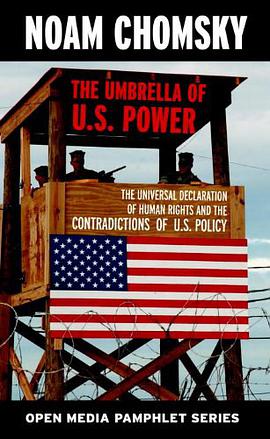

具体描述
The Malay Dilemma Revisited is a critical and balanced analysis of Malaysia's preferential race policy and its impact on the nation's delicate race dynamics and economy. Unlike America's affirmative action, Malaysia's version is far more aggressive and pervasive and has been remarkably successful in creating a sizable and stable Bumiputra (indigenous group) middle class. The price tag is significant: distortion of freemarket dynamics and consequent inefficiency. Perversely, the policy impairs rather than strengthens Bumiputras' ability to compete.In contrast to quotas and other set-aside programs that are the hallmark of the current policy, the writer presents an alternative strategy aimed primarily at enhancing Bumiputra competitiveness. The proposed approach would not negatively impact the economy nor interfere with the freemarket. Equally important, it would not arouse resentment from other Malaysians. The first objective would be to modernize the nation's archaic educational system to emphasize English, mathematics, the sciences, and technical training. Secondly, the influences of religious and royal institutions must be curtailed, and the rates of urbanization and population growth reduced.The primary objective is in enhancing competitiveness, not on meeting arbitrarily picked numerical goals and targets.
作者简介
目录信息
读后感
评分
评分
评分
评分
用户评价
相关图书
本站所有内容均为互联网搜索引擎提供的公开搜索信息,本站不存储任何数据与内容,任何内容与数据均与本站无关,如有需要请联系相关搜索引擎包括但不限于百度,google,bing,sogou 等
© 2025 book.wenda123.org All Rights Reserved. 图书目录大全 版权所有




















